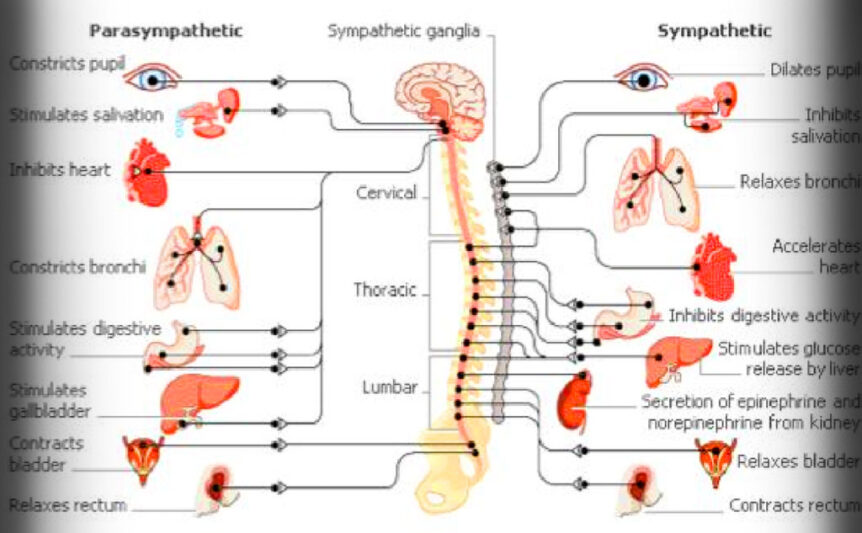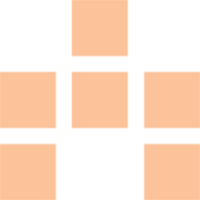
Architectural form and physiological stress
Technological advancements in physiological body sensor networks (i.e., biometric tracking wearables) and simulated environments (i.e., VR) have led to increased research in the field of neuroarchitecture, specifically investigating the effects of architectural forms, defined here as subtle variations in the shape or configuration of the interior built environment, on neurological responses. While this research field is still in its nascent stages, early findings suggest that certain architectural forms may impact physiological stress responses. Physiological stress has, in turn, been implicated in the development of certain diseases, including cardiovascular disease, cancer, chronic kidney disease, non-alcoholic fatty liver disease and autoimmune and neurodegenerative disorders. To aid future research, particularly into the relationship between media architecture and physiological stress, this paper conducts a systematic review following PRISMA-P guidelines on studies that evaluated physiological stress responses to architectural form using clinical biomarkers. The review identifies the specific clinical biomarkers used to evaluate physiological stress responses to architectural forms and the distinct categories of architectural forms that have, to date, been correlated with elevated stress responses: curvature, enclosure and proportion. Although these studies’ findings imply that the identified architectural forms influence physiological stress, their generalisability is arguably constrained by several factors. These constraints include the paucity of research in this area, the lack of uniformity in the definition and measurement of these architectural forms, the varying contextual settings, the unisensory approach of research methodologies, and the duration of exposure under evaluation. The review concludes that clinical biomarkers may be used to measure the impact of architectural form on physiological stress; however, future research should strive for standardized approaches in defining and measuring architectural forms in order to increase the transferability and robustness of results.
